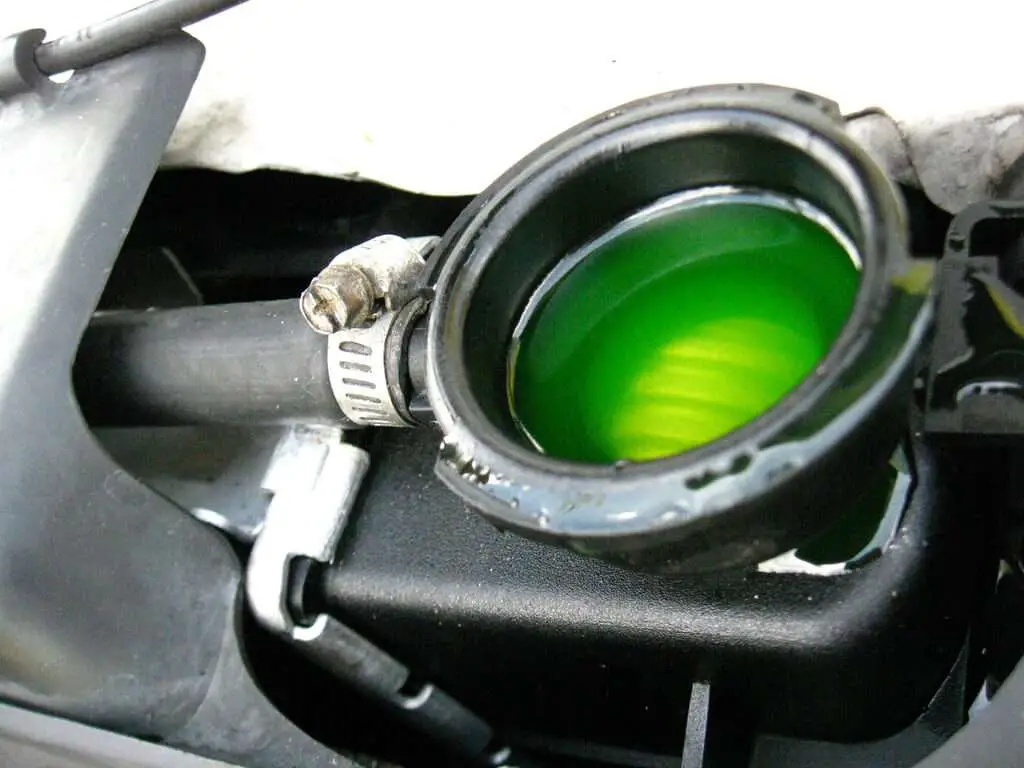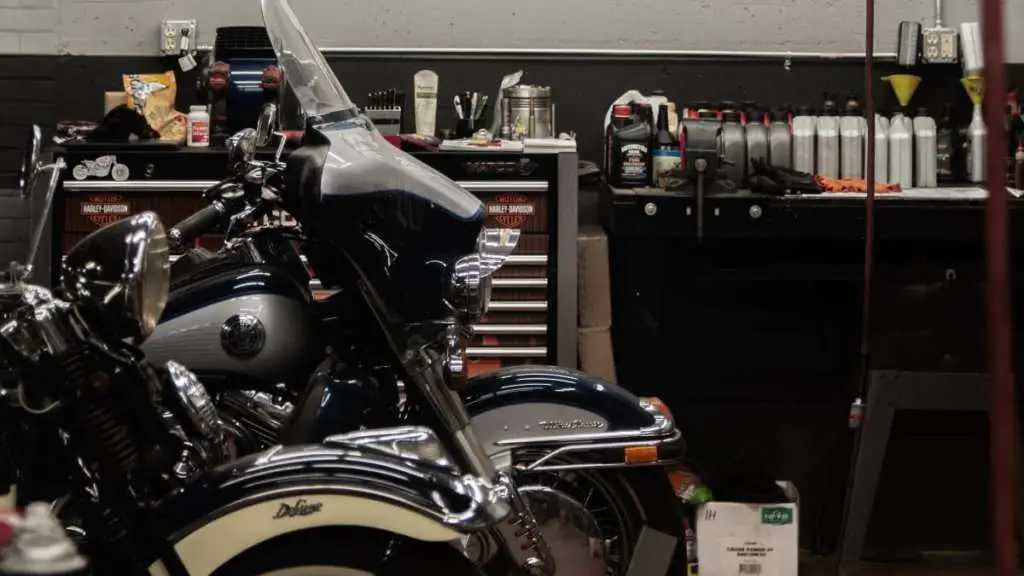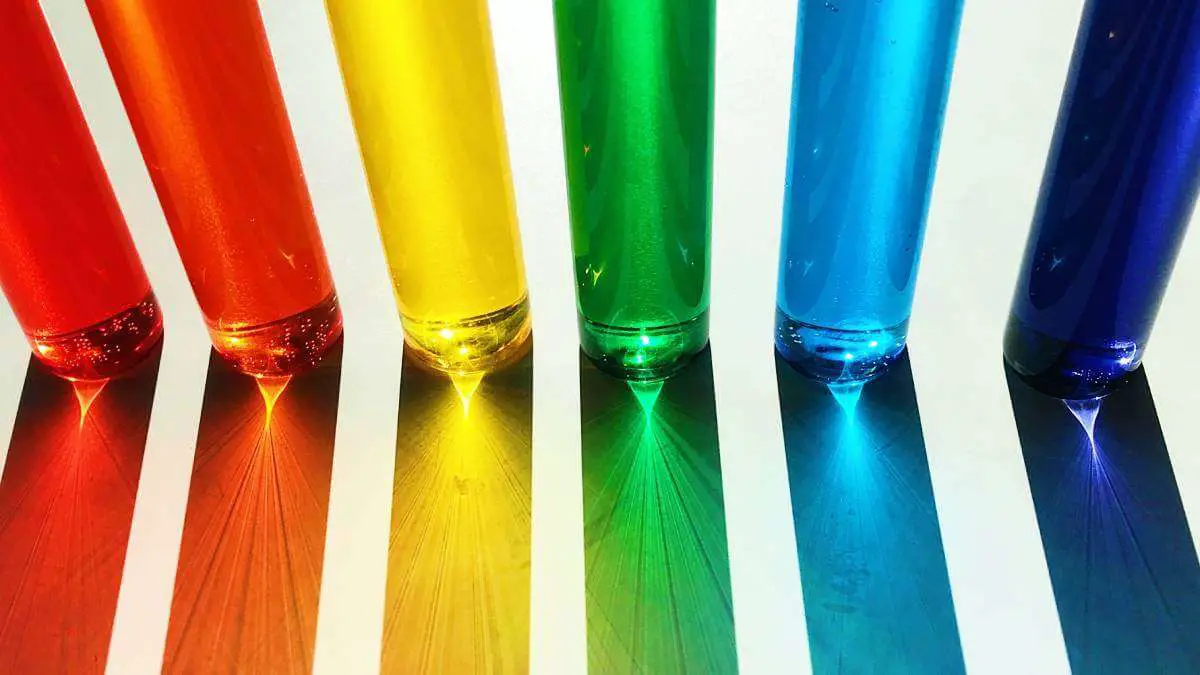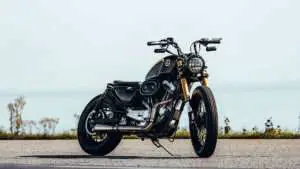Contents
We’ve all been in the situation. You need to replace or refill your coolant in your motorcycle, and you don’t have enough of one type. You have two or three types, and that would technically be enough to replace your coolant. Now, a few weeks down the road, you’re having engine trouble out of your motorcycle. While you run down the list of what it could be, let’s talk about mixing coolant.
Can you mix motorcycle coolant? This is not recommended. Mixing coolants can cause different reactions due to different ingredients in each coolant. While some brands advertise that they can be mixed with certain types, there is no exact science to mixing coolants without issues, so it’s best not to risk this. However, if you must, the rule of thumb is to not mix colors, the same colors of coolants should be okay to mix.
The myriad of issues mixing coolant can cause doesn’t occur to a large majority of people, especially since a lot of the problems happen months or years after the mixing occurred. However, you can probably trace your problems back to the time when you mixed the coolant after all that time. There’s a better way!
What Can Happen If You Mix Motorcycle Coolants?

When you start looking into the ingredients of coolant, most, if not all, have the same active ingredients. However, the additives that are in whatever brand of coolant you bought – those are the issue. Not all coolants have the same additives or even the same amount.
This causes such an infinite amount of combinations that we won’t ever be able to know all of the predicted outcomes. However, what we do know currently, is that mixing coolants has produced many more negative, and sometimes destructive, results rather than positive results.
When you mix coolants, you have to bring in some chemistry knowledge. Some chemicals mixed with other chemicals can cause them both not to work. Basically, you can be mixing coolants, and canceling out some of the properties in your coolant.
While it will do the basic job to help keep your motorcycle cool, it could lose the ability to lubricate, or change consistency and lose effectiveness. This, of course, can cause major issues to your motorcycle, maybe not immediately, but in the long run.
Choosing The Right Kind of Coolant

When you are looking for motorcycle coolant, one of the biggest mistakes you can make is buying coolant, not specifically for motorcycles. These coolants are specifically made for motorcycle engines. There are two types of coolant:
- Propylene Glycol
- Ethylene Glycol
Generally, Propylene glycol is the coolant often deemed the best choice for motorcycles. These coolants are very different, they will not serve motorcycles the same way, and they should never be mixed.
Another thing to look for when you are shopping for coolant is silicates or phosphates. These are two ingredients you do not ever want in your coolant. Silicates and phosphates can create a layer on metals in the coolant system to help insulate it. While this sounds like it would be helpful, this layer can cause the coolant to break down and lose its effectiveness.
The layer can also get far too thick if not maintained well, this won’t allow heat to be transferred from the engine to the coolant, which can cause overheating. Silicates and phosphates can also erode, or “eat” certain pump seals, which will not allow for a tight enough seal in your engine.
Changing Your Coolant
You will need to change your coolant annually to ensure maximum efficiency. You always want to make sure that your coolant is working well, and after a while of it being in your car, it loses its effectiveness.
It is also a good habit to check the level of your coolant each month. This will be the fastest way to figure out if you have a leak somewhere, and you won’t risk your motorcycle overheating due to running low on coolant.
When you change your coolant, you will need a few items.
- A funnel
- New coolant
- A drain pan for catching the coolant
- A Screwdriver
- Distilled water(if you are diluting your coolant)
- Gloves
Safety First
Before you begin messing with any fluids in a vehicle, it is always wise to put gloves on so as not to get anything on your hands. The large number of chemicals in vehicle fluids are too many to know how they affect you. They can all do possible damage to your skin, or cause reactions that you aren’t previously aware of. Gloves will also help your skin and nails from being stained by oil, grease, or dirt.
10 Easy Steps to Replacing Your Coolant
- Place your bike upright on its stand. Place the drain pan under the plug where the coolant will come from.
- Make sure your radiator is cool. Locate your drain bolt and remove it, if your bike doesn’t have drain bolts, the lowest hose needs to be removed to drain it.
- After you remove the plug to drain it, remove your radiator cap. This allows for easy draining.
- While it is draining, prepare the coolant and the funnel. If you are diluting your coolant, make sure to use distilled water as tap water has chemicals and minerals that can cause erosion and build up.
- Clean the bolts, nuts, and washers before placing them back on the radiator. Then put your hose or your drain bolt back in.
- Place the funnel in your radiator, slowly pour your coolant in. You will want to stop regularly to allow any air to escape. If you need to remove air from the hoses, just squeeze them regularly.
- Place the radiator cap back on and start filling the header tank. You only want to fill this halfway.
- Check both the radiator and header tank for the correct levels of coolant. If either is incorrect, drain, or add whatever coolant you need to fix the issue.
- Turn your motorcycle on for a few moments, turn it off, and check the levels again. After getting the right levels, you can clean up your area.
- Make sure to keep coolant away from all pets and children. The coolant is toxic when ingested.
How Often Should You Have Your Coolant Flushed?

About every two to five years, it is recommended that you do a coolant flush. This is different than changing your coolant and is a rather complicated and tricky process, so it is recommended that it be done by a professional.
Flushing is recommended because:
- It can help remove the build-up that coolant can cause.
- It will increase the efficiency of your radiator.
- It can extend the lifespan of your engine.
If you choose to do maintenance to your vehicle yourself, be mindful of the costs associated with fixing problems that incorrect management of fluid or parts can cause.
While it may be cheaper to do the maintenance yourself on the front of it, the amount you would pay someone to fix a possible mess-up may get expensive. This is a choice you have to weigh out yourself. Saving money and being self-sufficient is a great thing, but you also don’t want to cause further problems in your vehicle.
Don’t Mix Motorcycle Coolants
Overall, it’s always best not to mix any fluid that goes into engines or machines due to the myriad of chemicals that they are made with. Not only could it cause a reaction that will hurt the engine, but it can also cause a vapor that could make you very sick.
Maintaining any vehicle is not a difficult thing to do as long as you do your research and know the risk involved in not consulting a professional.
Additional Resources:
https://www.denniskirk.com/learn/motorcycle-fluids-guide
https://www.bikebandit.com/blog/is-motorcycle-coolant-the-same-as-car-coolant



 The Best Bobber Motorcycle Kits – Why Are Bobbers So Beautiful?
The Best Bobber Motorcycle Kits – Why Are Bobbers So Beautiful?  Why Wear Motorcycle Gloves When You’re Out Riding
Why Wear Motorcycle Gloves When You’re Out Riding  Why Riding Together Is Great For Your Relationship
Why Riding Together Is Great For Your Relationship  Why Do Motorcycle Riders Wear Chaps?
Why Do Motorcycle Riders Wear Chaps?